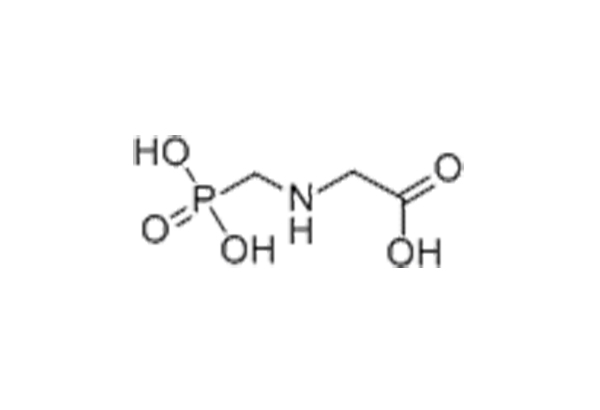Glyphosate is a non-selective and non-residue herbicide, which is very effective for perennial rooting weeds and is widely used in rubber, mulberry, tea, orchards and sugarcane fields. It mainly inhibits the enzymatic activity of allyl acetone shikimum phosphate synthase in plants, thus inhibiting the transformation of shikimum to phenylalanine, tyrosine and tryptophan, interfering with protein synthesis and leading to plant death. Glyphosate is absorbed by stems and leaves and transported to all parts of plants. Glyphosate can control more than 40 families such as monocotyledons and dicotyledons, annual and perennial plants, herbs and shrubs. Glyphosate quickly binds to iron and aluminium and loses its activity. It has no harmful effect on the latent seeds and soil microorganisms in the soil.
It is initially used in rubber plantations to control grass and other weeds, rubber trees can be cut one year earlier, and the yield of old rubber trees can be increased. Now it is gradually popularized in forestry, orchards, mulberry gardens, tea plantations, rice and wheat, rice and rape rotation fields, etc. The sensitivity of weeds to glyphosate is different, so the dosage of glyphosate is different. Annual weeds such as barnyard grass, Setaria viridis, barley, cattle tendon, Ma Tang, and calamus calamus, etc., are calculated with effective ingredients from 6 to 10.5 g/100m. The dosage of Radix Plantagonis, Phellodendron sibiricum and Commelina communis was 11.4-15g/100m in effective components. It is 18 to 30g/100m for the grass, the grass and the reed, generally 3 to 4.5kg of water, and uniform spray for weed stems and leaves. In general, broadleaf weeds sprayed at the early stage of sprouting or flowering stage, with 20-30 kg of water per mu in the late stage of jointing or early heading stage. Plants that have been cut off should be treated until the weeds are propagated to a sufficient number of new leaves. When controlling perennial weeds, the dosage of herbicides was divided into two times, and the application interval of 5 days could improve the control effect.
